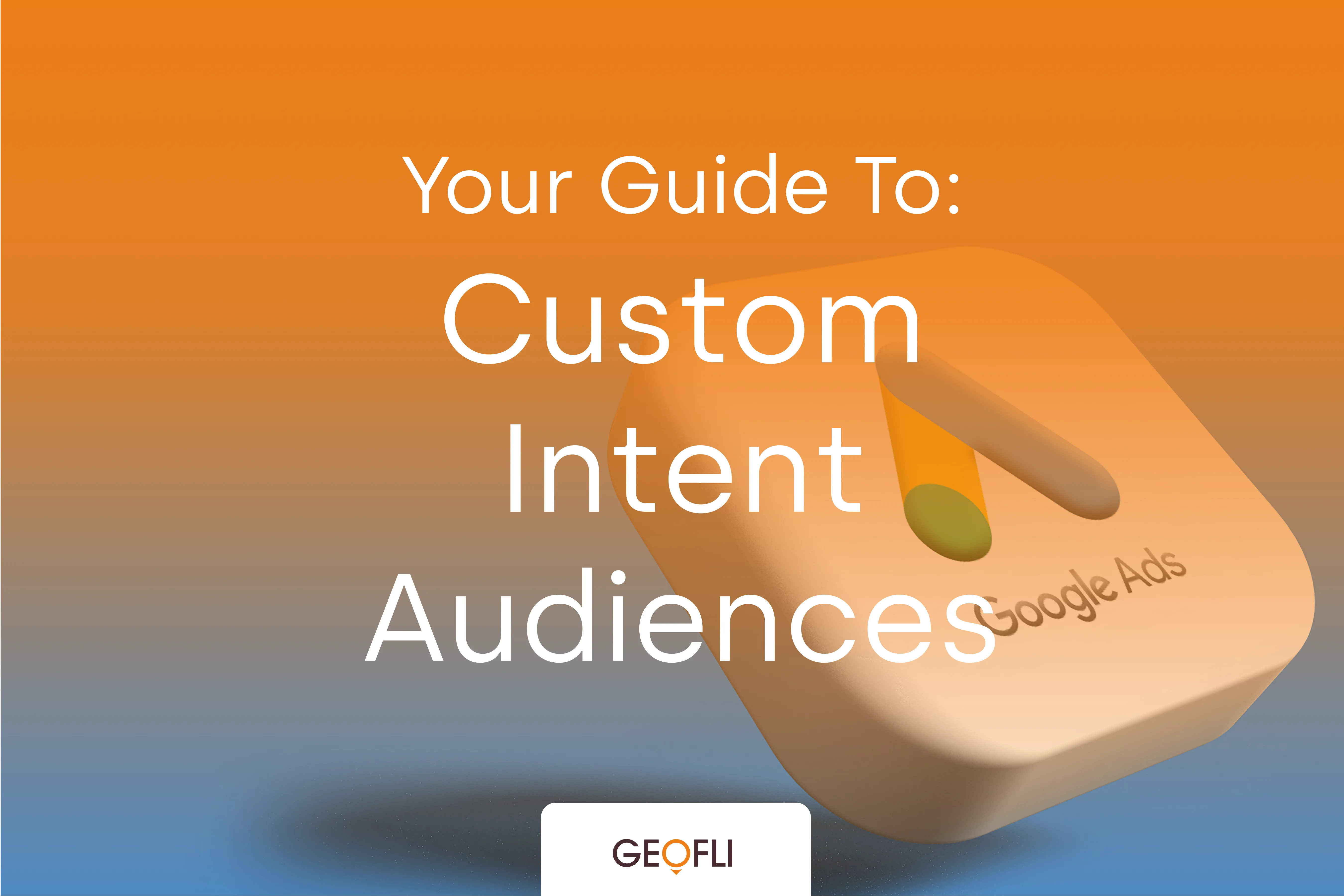What percentage of your leads begin their discovery through an online source?
What is Geotargeting? In the world of admissions, geotargeting is the art and science behind location based recruitment. Developing counselor territories, deciding where to spend marketing dollars and delivering a personalized experience based on location are all examples of how colleges use location to inform decisions.
History Repeats Itself
Chart showing enrolled students by zip code from 2010 to 2015 for Barnaby University (a fictional university created by GeoFli). In strategy conversations, Data > Opinion.
Using data points of enrolled students to shape future marketing strategy isn’t a new concept. Using those data points to inform personalized website content: now that's a new idea!It’s during this process that a team realizes the value of Microsoft Excel. Find someone that can answer the following question: What are the out-of-state zip codes with five or more enrolled students. For larger universities, use 25 as a benchmark for enrolled students. Using this information, design simple online ads and display them to these zip codes. Upload the zip codes into Google Maps. What does your recruitment map look like now? The same? Different?
Avoid The One-Size-Fits-All Website
Colleges design separate direct mail and email campaigns for in-state versus out-of-state students. Same college, very different message. Segmenting = personalization. If colleges segment marketing at the inquiry stage, why the one-size-fits-all website?Landing pages work. They work because college homepage are pretty bad at having a clear call-to-action. Running a Facebook ad for your university in Texas? What’s the destination URL? The homepage? The admission’s page? If the ad is geographically targeted to Texas, why not have them land on a page where they meet another student from Texas? Find out when Admissions is coming to Texas! Does the user experience on your destination URL make it easy to lean-in?Now, when a user comes from a geotargeted online advertising campaign, are they landing on a one-size-fits-all website? Make sure to capitalize on this decision point by replacing website content based on visitor location. Personalize your homepage images and text.
Location, Location, Location
Each locator pin represents a zip code with at least five enrolled students. This visual helps guide personalization strategies with GeoFli.
The most underutilized tool in 2015 for college recruitment teams was digital marketing. It remains true today! Measure everything. Spend $1,000 on a Twitter ads campaign and received 50 inquiries? Your cost-per-inquiry is $20. Find the channels that produce the lowest cost-per-lead and repeat.Use digital marketing to assist in opening up new territories or discovering geographic pockets of interest. A college in Minneapolis notices high traffic from Long Island. After digging deeper, the team discovers that students from this area are specifically interested in the finance program. After a couple strategically placed ads in ten zip codes, the team finds the zip codes with the lowest cost-per-lead and invests more time and resources in those places. Geomarketing to the rescue!
Pie in the Sky
Picture the following pie graph: with all the enrolled students, less than one percent are from Minnesota. Of all the marketing and recruitment dollars we spend, ten percent is spent recruiting and marketing in Minnesota. Why? A side-by-side comparison of pie graphs can be a great team exercise in decision making and deciding where to focus marketing dollars geographically.
Air Support
In 2016, Road Warriors = Data Warriors. Personalize this upcoming recruitment season.
When gearing up for travel season, admissions counselors are busy. Colleges do a great job of communicating the arrival of their admission counselors to inquiries and applicants in that region, but what about everyone else?Geotargeting focuses attention on the prospective students that haven’t leaned-in and requested information. College fair in Boston? In the weeks leading up to the college fair or high school visit circuit, use location based digital ads. “UCLA visits Boston. Meet for Coffee.” “Carroll is Coming to Boston.” Place these ads prior to arrival and send students to a specific landing page. Make it easy for them to sign up. Limit the form to three fields and hand it off to the admission counselor responsible for that territory to complete the visit details.






